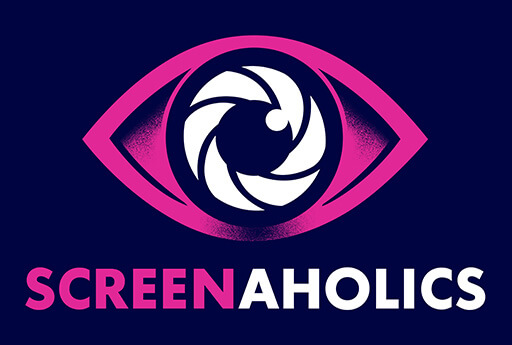Twenty years on from the release of Luc Besson’s most notable film, The Fifth Element (1997), comes his most recent effort, Valerian and the City of a Thousand Planets.
While The Fifth Element opened to mixed reviews, it has since been anointed a ‘cult classic’. Although, how any film that opens at number one and pulls in a worldwide gross of over $250 million in 1990’s money can be deemed a ‘cult’ film is beyond me. Labels aside, The Fifth Element is beloved by many, so much so that it’s about to be re-released in 4K to Australian audiences for its 20th anniversary. The re-release also coincides with the upcoming release of Luc Besson’s newest space opera, Valerian.
The promise of The Fifth Element gracing cinema screens again has brought Besson’s legacy, and his future, into sharp focus. While people may disagree, I’m of the opinion that Besson’s last good film was in fact, The Fifth Element. His mafia comedy The Family, with Robert De Niro was no one’s favourite film of 2013, and the ending of Lucy (2014) still makes me laugh to this day. Despite having much of his recent work critically panned, Besson remains one of the most revered filmmakers working, and I am of the firm belief that this is purely due to a handful of films made over 20 years ago.
Early reviews of Valerian would indicate that it’s more of a Lucy than a Fifth Element. Film critic David Chen remarked that the film’s publicists were engaging in the unprecedented move of emailing press and asking them to remain respectful in screenings, as the film’s ridiculous dialogue apparently had audiences “being disruptive” (read; laughing and jeering) in theatres.

The box office is also quite staggering. It opened fifth at the box office and pulled in $17 million; only a minuscule fraction of the film’s estimated $200 million production budget (not including marketing). And while The Fifth Element actually made the same amount in its opening weekend, that was two decades ago, and it still had a smaller budget to make back than Valerian.
While Valerian is yet to be released in Australia, it presents several interesting questions about the state of sci-fi today and the tastes and desires of audiences. While sci-fi blockbusters loom large (Star Trek, Star Wars), they also fail horribly (Jupiter Ascending, Cloud Atlas). The difference between the successes and the failures seems to be the level of boldness, absurdity, and bombast in the properties. Despite being inventive and enthralling, the successful films are still conventional, with familiar plots and arcs. The films that fail are outgoing and unhinged in a way that is both more courageous and also perhaps more foolish than their more viable competitors. Foolish because evidence from past films would indicate that while there is an appetite for quirky and eccentric science-fiction, the budgets far outweigh the desire.
Luc Besson’s career is fascinating when considered in conjunction with science-fiction as a whole because he has existed at both ends of an interesting spectrum. Both The Fifth Element and Valerian are big budget space operas with state of the art visual effects (for their time), and mixed reviews critically. However, this unintentional formula that worked so well for The Fifth Element financially, seems to be having the opposite effect for Valerian. This is possibly due to the variables; the cast, the plot, etc. But alternatively, it could be a result of the audiences themselves. Besson’s work may be the perfect case to demonstrate the dwindling desire for offbeat and idiosyncratic sci-fi amongst modern movie-goers.
The Fifth Element hits theatres for one day on Sunday 6 August 2017 in Australia, and Valerian begins its theatrical run on Thursday 10 August 2017 (check out the trailer here).




COMMENTS